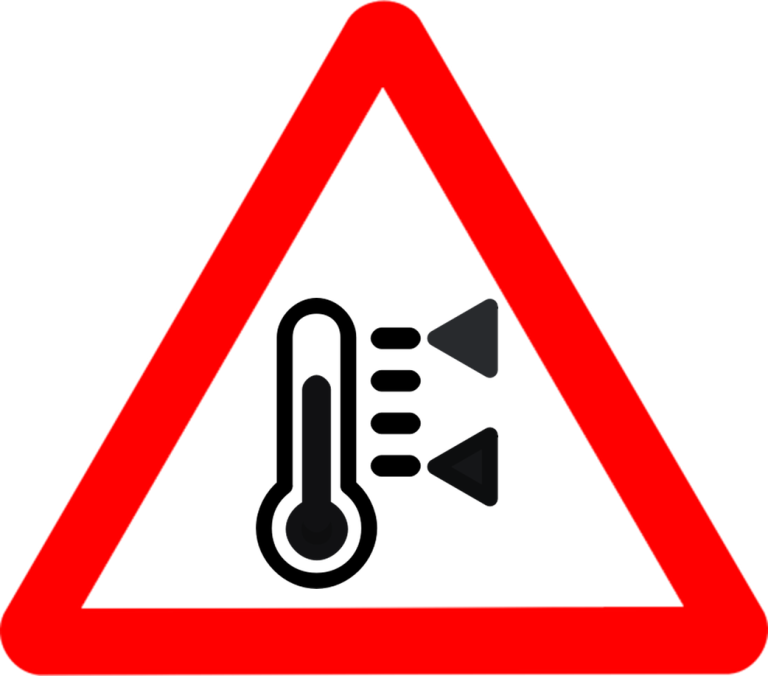Aviation - Hazards - Extreme Heat

Extreme Heat
Aircraft performance is degraded under conditions of low density caused by high temperature. Such scenarios are factors at airfields that are ‘hot’ due to the general climate (seasonal or otherwise) and ‘high’ by virtue of being located at high elevation.
Quite simply, when the ambient air temperature is greater than the International Standard Atmosphere (ISA) (also referred to as the 'ICAO Standard Atmosphere' and published by ICAO as Doc 7488) the performance of an aircraft’s engines and wings is hindered. Specifically, engine performance is degraded and the lift from wings is degraded.
When pressure is less than the ISA, the performance of an aircraft’s engines and wings is also hindered. Again, thrust and lift are degraded.
When both conditions occur simultaneously, quite significant limitations to aircraft performance may result.
All aircraft will have different criteria with regard to the limitations that high temperature and low pressure place upon them. Forecasters should be aware that aircraft will require longer take-off runs and/or have restrictions placed upon their maximum take-off weight. It is up to the captain of the aircraft to determine the effects on the aircraft and make allowances. Forecasters may be asked to give quite precise forecasts of temperature and pressure under such circumstances.
A typical scenario is a too high temperature for take-off and the requested forecast of cooling effects, such as the onset of a sea breeze, as has been reported from Melbourne, Australia.
Another scenario is the decrease of density limiting the ceiling of an aircraft, e.g. when attempting to fly over passes in the Rocky Mountains, USA.
CLICK HERE to return to our homepage
